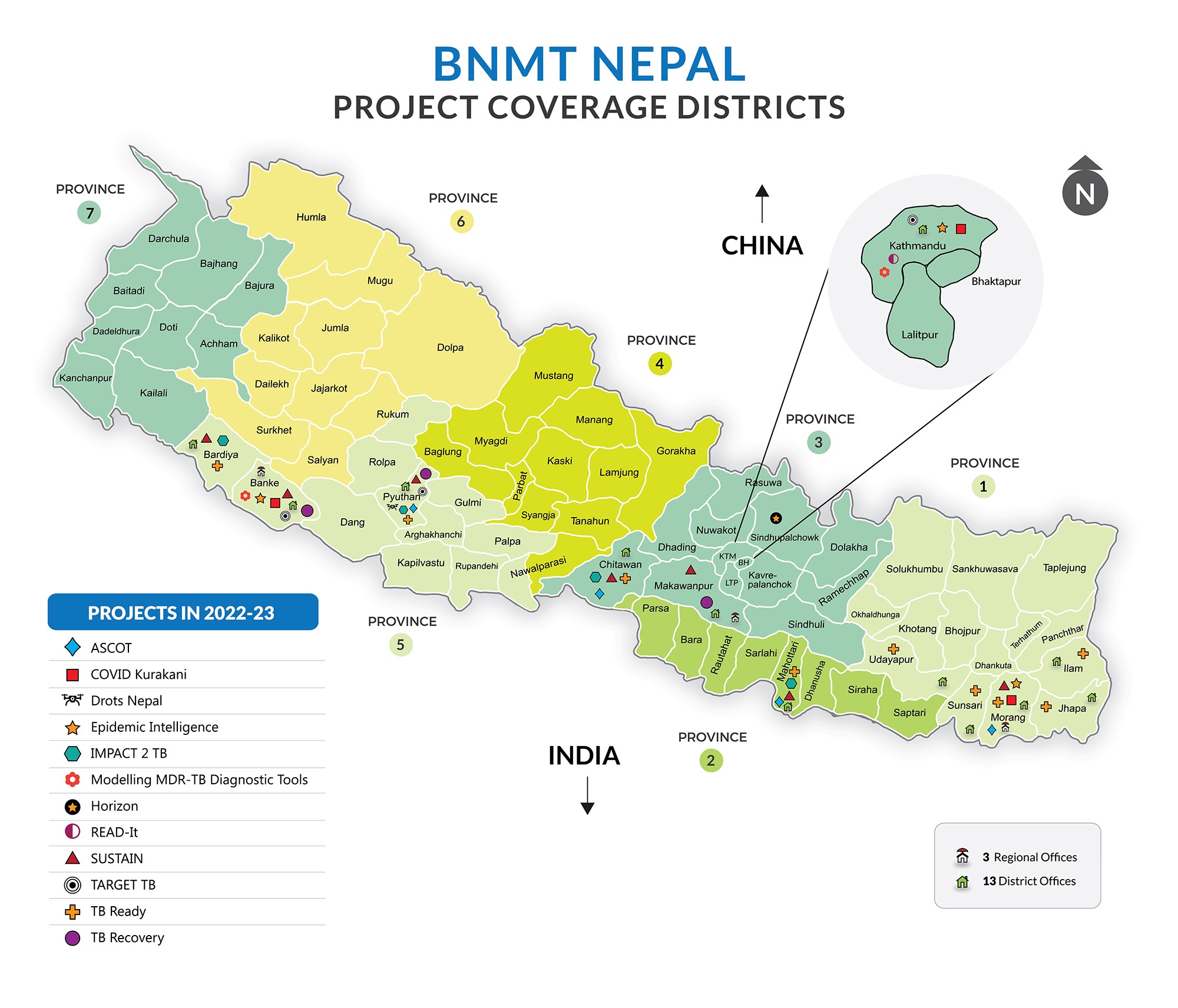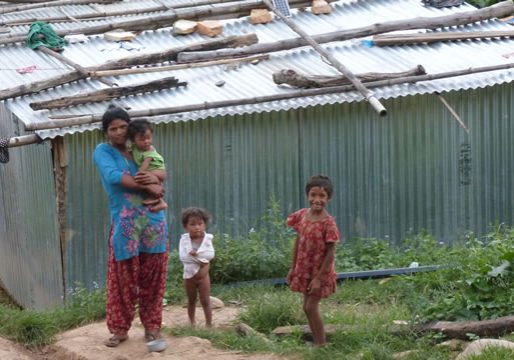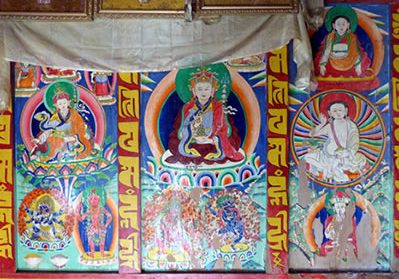
Where We Work
Nepal is a small, landlocked country situated between two huge states: India bordering the east, south, and west, and China in the north. With an area of 147,181 km2 and a population of 30 million, Nepal has highly diverse and rich geography, culture, and religions.
The country is divided into three distinct ecological zones: Mountain with 7 per cent of the population, Hill with 43 per cent of the population, and Terai, or lowland, where 50 per cent of the population lives. Nepal stands at 138th in the Human Development Index ranking. Its score of 0.458 is the lowest among the South Asian countries. Even today, one-quarter of the Nepalese population lives below the national poverty line. Nevertheless, Nepal has made remarkable progress in health.
Its achievements in health related MDGs are the result of the combined efforts of the Ministry of Health and Population and external development partners: multilateral and bilateral agencies and international and national nongovernmental
organisation (NGOs).


Present Situation
Nepal is making efforts to move out of an extended political transition and has resolved to accelerate its graduation from least developed to a developing country by 2022. The importance of inclusive growth and human development to sustain peace, achieved after a long conflict, has been deeply ingrained among all stakeholders. The agenda for the years to come is high-quality growth and equitable development.
Facts About Nepal
Area: 140,800 square km between 70 and 8848 meters altitude
Capital city: Kathmandu
Ethnic Groups: Chhettri 16.6%, Brahman-Hill 12.2%, Magar 7.1%, Tharu 6.6%, Tamang 5.8%, Newar 5%, Kami 4.8%, Muslim 4.4%, Yadav 4%, Rai 2.3%, Gurung 2%, Damai/Dholii 1.8%, Thakuri 1.6%, Limbu 1.5%, Sarki 1.4%, Teli 1.4%, Chamar/Harijan/Ram 1.3%, Koiri/Kushwaha 1.2%, other 19% (125 caste/ethnic groups were reported in the 2011 census).
Official National Language: Nepali
Population: 30 million (2021 National Census)
Urban population: 17% (2011)
Population growth rate: 1.82% (2014 est.)
Infant mortality (under one): 40.43 per 1000 live births (2014 est.)
Life expectancy (at birth): 67.19 years (2014 est.)
Maternal mortality rate: 190 per 100,000 live births
Religion: Hinduism 81.3%, Buddhism 9%, Muslims 4.4%, Kirant 3.1%, Christian 1.4%, other 0.5%, unspecified 0.2%
Major industries: Tourism, Handicraft, Agriculture and Water Resources.
Currency: Rupee
GNP per capita: $377
Adult literacy rate: Total population 57.4% (male 71.1% and female 46.7%) (2011 est.)
Percentage population with access to safe drinking water: Total 88.1% Urban 90.3% Rural 87.6%.
Information sources:Nepal Human Development Report 2014, UNDP National Census 2011, Central Bureau of Statistics, Government of Nepal, CIA World Fact Book
